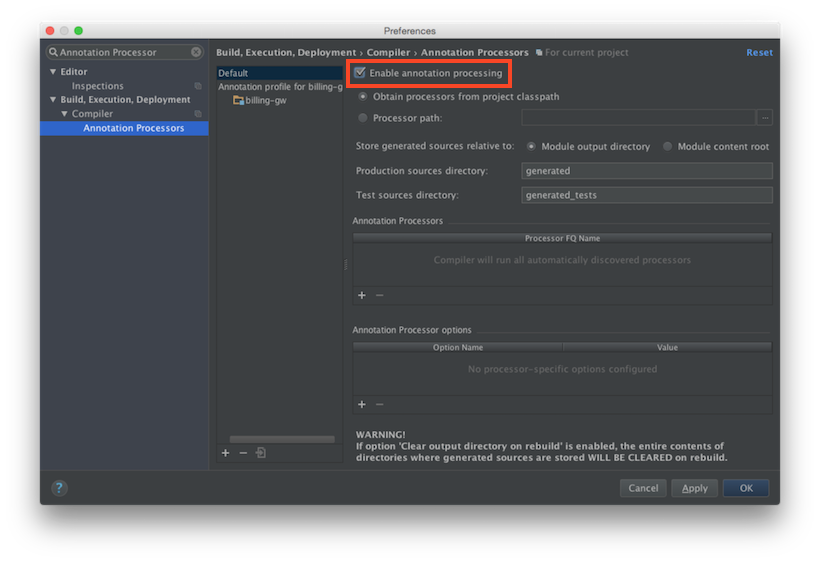

- INTELLIJ IDEA PLUGINS HOW TO
- INTELLIJ IDEA PLUGINS UPDATE
- INTELLIJ IDEA PLUGINS ANDROID
- INTELLIJ IDEA PLUGINS CODE
It will be something like an action “Create new POJO file”. According to our idea to have some logic that can help us to convert JSON to POJO it would be great to have a new item in the new file list. As we can see the IDE has a lot of action groups to do something (create new files for example).
INTELLIJ IDEA PLUGINS HOW TO
GOAL 2 - As a user I want to see the result notification.įirst of all, let's learn how to connect our plugin with the IDE user interface. GOAL 1 - As a user I want to input JSON text into the input field.
INTELLIJ IDEA PLUGINS CODE
So, now we have and know about project structure, some utility tools, language to write the code and now we are ready to think how it can be possible to create a user interface and connect it with our IDE.

In our current example Koin and JUnit can be found. We already discussed some details in the previous article and we can be focused on some UI related topics.ĭuring the plugin development we can use Java/Kotlin and all utility tools that we want like jUnit testing and dependency injection frameworks. Most important topic for us will be the plugin.xml file. The project structure is a common structure for gradle based projects: Gradle is a really powerful framework and it can be really helpful if we want to simplify our building, releasing and testing. We will speak about gradle implementation. There are 2 base options to develop new plugin: Let's think about option number two as about some library that we already have and can use as a part of our small project.īefore we will start let's have a look on basis plugin implementation. We will skip JSON to POJO transformation for this article, but we will learn how to develop a plugin with required user interface. Lets formulate our goals by imaging simple user stories:Īs a user I want to input JSON text into the input field.Īs a user I want to transform JSON text into POJO files.Īs a user I want to see the result notification. To make it possible, let's think about our problem and try to do small decomposition into logical steps. We can find some online services to convert JSON to POJO and copy/paste output files, but let's try to integrate this technology to our IDE! And our job will be only to copy/paste new JSON to some window input field! Like this one: It can be easy if we have only one field changed, but for multiple inner fields and classes with its own inner fields it can be too complicated.
INTELLIJ IDEA PLUGINS UPDATE
To do it, we need to find the target class, compare its fields with new JSON fields and update it. But let's go back one step and imagine that we have to do some data presentation classes updated for the project without GraphQl support. GraphQl is a really powerful framework with its own classes generation framework. It can be usually presented as JSON data or if we can speak about new and modern practices it also can be presented as a GraphQl scheme.

INTELLIJ IDEA PLUGINS ANDROID
As a source code example we will have a look at source code based on my pet project that also was used as a development tool in AUTO1 to generate non GraphQl based POJO classes.Īs an Android developer I need to interact with backend data. Let's investigate how to develop a simple plugin with input text area as input entry point and some new generated classes, based on input text as a result. Sometimes it can be really useful to have an UI and make it possible to interact with it by doing some checkboxes selections or maybe to have some input areas for text. This post is in addition to the previous article about plugin development but with a focus on UI based plugin implementations.


 0 kommentar(er)
0 kommentar(er)
